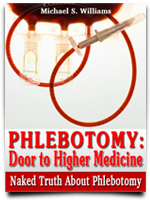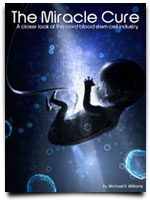It’s confirmed stem cells from umbilical cord might help to cure a number of blood-related cancers and few genetic disorders. These diseases cover leukemia, brain cancer, diabetes, Parkinson’s, etc.
What many people are debating about is the decision whether to donate the cord blood or store it in private banks. The state law is in favor of public donation but it doesn’t mean private banking is not advantageous. The Cord Blood Registry in San Bruno, California is the largest bank of umbilical cord in the world. Its facilities are guarantee earthquake-and-tsunami free in which more than 300,000 cord blood samples are stored inside the cryo-nitrogen filled container.
Based on a source, CBR couldn’t reveal the number of samples it released for transplant however, in year 2007 alone; only 53 units are used for treatment. This number created a buzz around the world, questioning the necessity of private banking. The truth of the matter is; the ratio of using your cord blood or a sibling’s cord blood is 1:1000 to 1:200,000 depending on what study you read.
Because of this, majority of health experts show support for public donation. Kathy Engle of CBR just replied:
“You can toss around all the statistics you want but it should be a choice that’s left up to the family.”
Comparing the cost with public donation, private banking can be expensive for some. In CBR, it requires you to pay $2000 for the collection and for first year of storage. It will also ask for annual storage fee of $150. While it public banking, you are not given the right to own your cord blood but it doesn’t ask for any collection and storage fees. The access to cord blood is expensive, about $35,000 but the bank’s number of released cord bloods is higher compared to private banks. As of the moment, the number has reached the twenty thousand mark.





Cord Blood Banking Facebook
Blood Donation Twitter